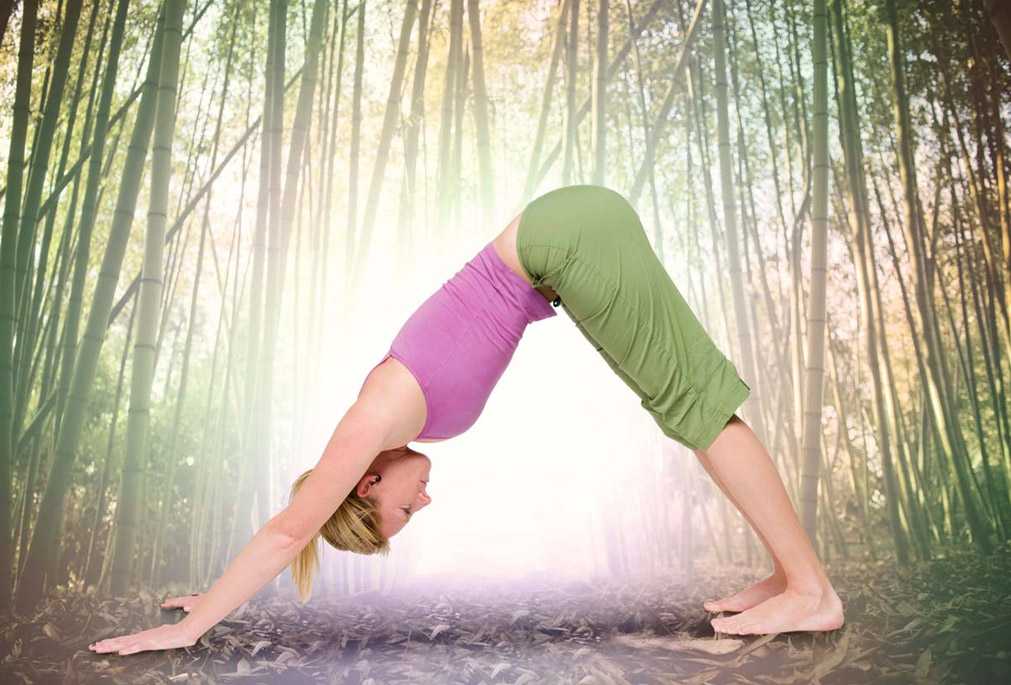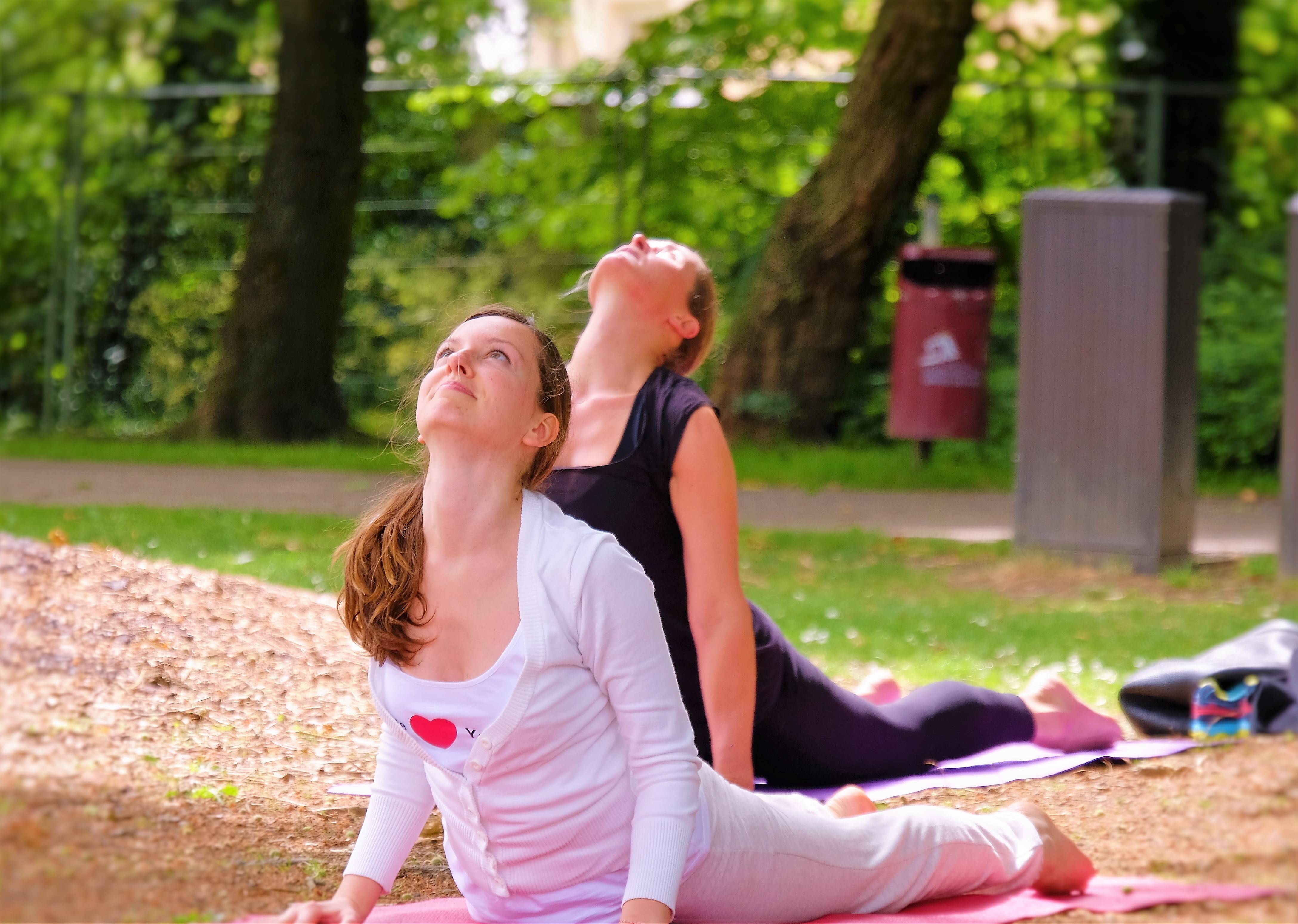
Yoga is an excellent way to tone your abs. There are many poses that will work the entire body. There are many poses that can be used to strengthen the entire body, including the Child's or Corpse pose, the Plank, the Child’s pose, and Child’s pose. These poses not only will help to strengthen your core but they'll also work your arms, shoulders, and back.
Plank pose
You can tone your thighs and build yoga abs with the plank position. This pose, which has a cat-like spine, opens your back and creates space in your upper thoracic spine. For each side, do 20-30 reps. You must breathe deeply and keep your body straight.

The pose of a child
Child's Pose, one of the most popular yoga poses, is a great choice for abs. It focuses on stretching and relaxing the sacroiliac region. It is important to not strain or injure these areas. You should make sure to rest your head on the pillow, keep the pose for a short time, and listen to the signals from your body.
Pose of a corpse
For building abs, corpse pose is one of the most powerful yoga poses. It's a simple and straightforward pose. You need to lie flat on the back. You can support your body with a yoga mat or a blanket, keeping your knees bent. Contrary to many other postures, corpse is more about surrendering and less about exercising the muscles.
Pose for a revolving chair
The Revolved Chair pose for abdominals is a great exercise to strengthen your midsection. This simple yet effective exercise begins with a slight backbend. To get into this position, you should push your sit bones backwards and lift your chest. To draw your shoulder blades together, roll your upper arm.
Regular cat pose
Regular cat pose for yoga abs is a beginner's yoga pose with plenty of benefits. This posture works both the lower and upper abdominal muscles. Keep your neck and head in neutral. Make sure that your head isn't forward, and that your neck is tucked under your tailbone.

Side plank
Side plank is a great exercise for your abdominals. Begin by laying on your back in a plank position. Next, stack your left foot on top. Continue to pull your legs together while squeezing your abdominals. Pull your belly button towards your spine by lifting your hips. Hold for a couple of seconds, then go back to the beginning position. Perform ten to fifteen repetitions on each side.
FAQ
Is there too much yoga?
Yoga is not a sport. There are no limits to the number of times you should practice before you feel tired. Instead, try to enjoy the experience by taking it slowly and enjoying every moment.
Don't worry if you fall off the wagon once in a while. Keep going where you are at the moment.
Start with 10 to 15 minute sessions if you are new to yoga. Then, work your way up.
Is it hard to do yoga?
It depends on which type of yoga you do. Vinyasa flow, or power yoga, involves a lot of twisting and turning movements. Because of this, people often sweat heavily while practicing.
Hatha yoga, however, is focused on forwarding twists and bends. The poses aren’t particularly strenuous so practitioners won’t experience excessive sweating.
As a beginner, can I practice yoga every day?
Yoga is a great way to stretch and strengthen your body. It is also a great way to relax and release stress. Yoga doesn't require you to be an expert. Beginners should practice yoga for 20 minutes three times per week.
This will be enough time to start. Gradually increase the time spent practicing.
Which yoga is best for beginners?
Beginners often get confused by the many styles and types of yoga poses.
The most popular type of yoga is Hatha Yoga which focuses on physical fitness and stretching. It can be used to reduce stress and improve focus.
Kundalini Yoga is another popular style that involves meditation and breathing techniques. It can provide many health benefits such as improved flexibility, balance, strength, and mobility.
Yin Yoga is another option that beginners can try if they want to relax and calm their minds. Yin Yoga focuses heavily on the ability to hold poses or positions for longer periods.
What happens if my practice of yoga is discontinued?
It is normal to lose enthusiasm after a while. Yoga may cause stiffness in your body if you stop regularly practicing it. Stiffness can be caused by lack of exercise, poor posture, or simply aging.
It may become less flexible as you age, so consider retaking a few classes. Make sure to keep up with your daily routine. Exercise is good for your bones and muscles. Make sure you get enough sleep, and eat right.
How long does yoga take to work?
Although yoga takes some time, you can always expect a great workout. It takes time to build strength, flexibility, and endurance. You start slow and then gradually increase the intensity until you reach an optimal level.
The key is consistency. You will improve your skills if you practice it more often.
Do I need warm up before I do yoga
No. No.
If your muscles feel stiff or sore after exercising, you can stretch them to loosen them.
Statistics
- According to calorie estimates calculated at Harvard Medical School, the average 125-pound person burns about 120 calories in a half hour of hatha yoga, and a 185-pound person burns about 178 calories in that half hour. (everydayhealth.com)
- About one in seven U.S. adults practiced yoga in the past 12 months, according to a 2017 national survey. (nccih.nih.gov)
- Start your Fall off right with 20% off All Access Membership when you sign up by 9/25! (corepoweryoga.com)
- Gentle yoga has been shown to ease some of the discomforts of tender, swollen joints for people with arthritis, according to a Johns Hopkins review of 11 recent studies. (hopkinsmedicine.org)
- The American Psychological Association recently shared that 84% of American adults feel the impact of prolonged stress (5). (healthline.com)
External Links
How To
Yoga is a good exercise?
Yoga isn’t just for those who want to lose weight. It also helps you develop flexibility, balance, coordination, strength, focus, and calmness.
Yoga isn't just exercise, but an art form. These poses can help you to relax and calm down. They help us to improve our posture, concentration, and breathing.
The term "yogi" refers to someone who practices yoga. Yogis follow various forms of yoga, including Hatha, Ashtanga, Iyengar, Vinyasa, Bikram, Kundalini, Yin Yang, and Restorative.
There are many different types of yoga. They all have the same goals. Each type is focused on different aspects. There are many yoga styles, including Hatha, pranayama and meditation.
You don't need any equipment for some yoga exercises:
-
Sun Salutation – The series of 12 positions starts with forward bend followed by 10 poses.
-
Warrior pose - This is when you hold a stick or a staff and take a warrior's pose.
-
Triangle Pose-This pose requires you to lift one leg behind you while bending at the knee.
-
Standing Forward Bend: This pose involves sitting straight up on the ground and folding forward at your waist.
-
Seated Twist- This pose is performed while sitting on a seat or mat.
-
Cobra Pose – This is a pose where you lie flat on your back and raise your arms above your head.
-
Child's Pose - This pose is done while lying face up on the ground.
-
Cat/Cow Pose - This pose combines a cat and cow pose. Keep your head down and raise your upper body above the ground. Place your hands on your shoulders and roll over to the side.
-
Head Tilt - This pose is done by tilting your head back and keeping your eyes closed.
-
Shoulder Stand – This is a standing position in which your feet are raised above your head.
-
Tree Pose – This is a pose where you kneel on your knees and place your hands underneath your shoulders.
-
Bow Pose – This is when you bend forward from your hips and place your hands on the ground.
-
Corpse Pose – This pose can be held for up to five minutes.
-
Mountain Pose- You can call this mountain pose because your spine is straight up and you are tall.
-
Legs up the Wall Pose: This pose requires that you hang upside-down on a wall.
-
Side Angle Pose – This is achieved by leaning against the wall and placing your right arm near the wall.
-
Plank Position: This is when your legs are bent at the waist and your arms extend out to one side.
-
Bridge Pose- Balance on your elbows and toes for this pose.
-
Reverse Table Top Pose - This pose is attained by lying on your tummy and reaching your arms toward the ceiling.
-
Handstand - This position requires balance and strength. This pose requires you to hold on to two walls or a doorframe.
-
Half Moon Pose - This pose is also known as Hero Pose. It's performed by standing on both your hands and toes.
-
Headstand (or Hold) - This requires strength and balance. This pose can be done on a wall, or by using a doorframe.
-
Forearm Balance- This position is done with your forearms on a tabletop.
-
Spinal Twist- This pose involves lying on your belly and reaching your arms.
-
Supported Bound Angle Pose - This pose requires balance and support. To support your body, you will need to locate a strong object such as a tree branch or an old beam.
-
Wide Leg Forward Fold – This is achieved by extending your legs out and touching your toes.
-
Single Pigeon Pose -- This pose is similar in style to the forward fold with one leg, but it only involves one leg.
-
Extended Puppy Dog Poses are very relaxing. It's done by extending your legs outward and bending your knees.
-
Standing Forward Bend - This is a pose where you are seated cross-legged, stretching your calves and hamstrings.
-
Crow Pose - Although this pose is hard to do, it can be extremely rewarding once mastered. It is done by raising your arms above your head and lowering them until they parallel to the floor.